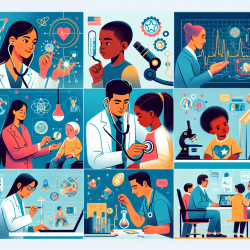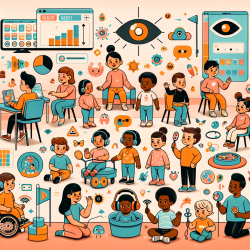Introduction
In the rapidly advancing world of medical technology, pediatric innovations often lag behind adult counterparts. This disparity poses significant challenges in providing optimal care for children. However, the research article "A Model for Overcoming Challenges in Academic Pediatric Medical Device Innovation" by Fischer et al. presents a promising approach to bridge this gap. By forming strategic partnerships and leveraging academic resources, we can drive innovation in pediatric medical devices, ultimately improving outcomes for children.
The PDIC Model: A Catalyst for Change
The Pediatric Device Innovation Consortium (PDIC) at the University of Minnesota serves as a beacon of hope for pediatric innovation. By collaborating with industry experts and leveraging institutional resources, the PDIC has successfully supported numerous projects aimed at addressing unmet pediatric medical needs. Since its inception, the PDIC has facilitated the development of 22 pediatric medical technology projects, showcasing the power of strategic partnerships in overcoming innovation barriers.
Key Components of the PDIC Model
- Identifying Unmet Needs: The PDIC emphasizes the importance of identifying specific pediatric medical needs, ensuring that innovations are tailored to address these gaps effectively.
- Supporting Development: By providing funding and expert guidance, the PDIC empowers innovators to develop pioneering medical solutions that enhance pediatric care.
- Fostering Partnerships: The PDIC bridges the gap between academia and industry, facilitating collaborations that drive pediatric device development forward.
Lessons for Practitioners
Practitioners in the field of speech language pathology and beyond can draw valuable insights from the PDIC model. Here are some actionable steps to consider:
- Engage in Collaborative Research: Partner with academic institutions and industry experts to explore innovative solutions for pediatric challenges.
- Advocate for Pediatric-Specific Innovations: Raise awareness about the unique needs of pediatric patients and advocate for dedicated resources to support their development.
- Leverage Available Resources: Utilize funding opportunities and expert guidance offered by programs like the PDIC to advance your innovative ideas.
Encouraging Further Research
The PDIC model demonstrates the potential for academic institutions to play a pivotal role in pediatric innovation. Practitioners are encouraged to delve deeper into this research and explore opportunities to contribute to the field. By doing so, we can collectively work towards closing the pediatric innovation gap and ensuring that children receive the best possible care.
To read the original research paper, please follow this link: A model for overcoming challenges in academic pediatric medical device innovation.










